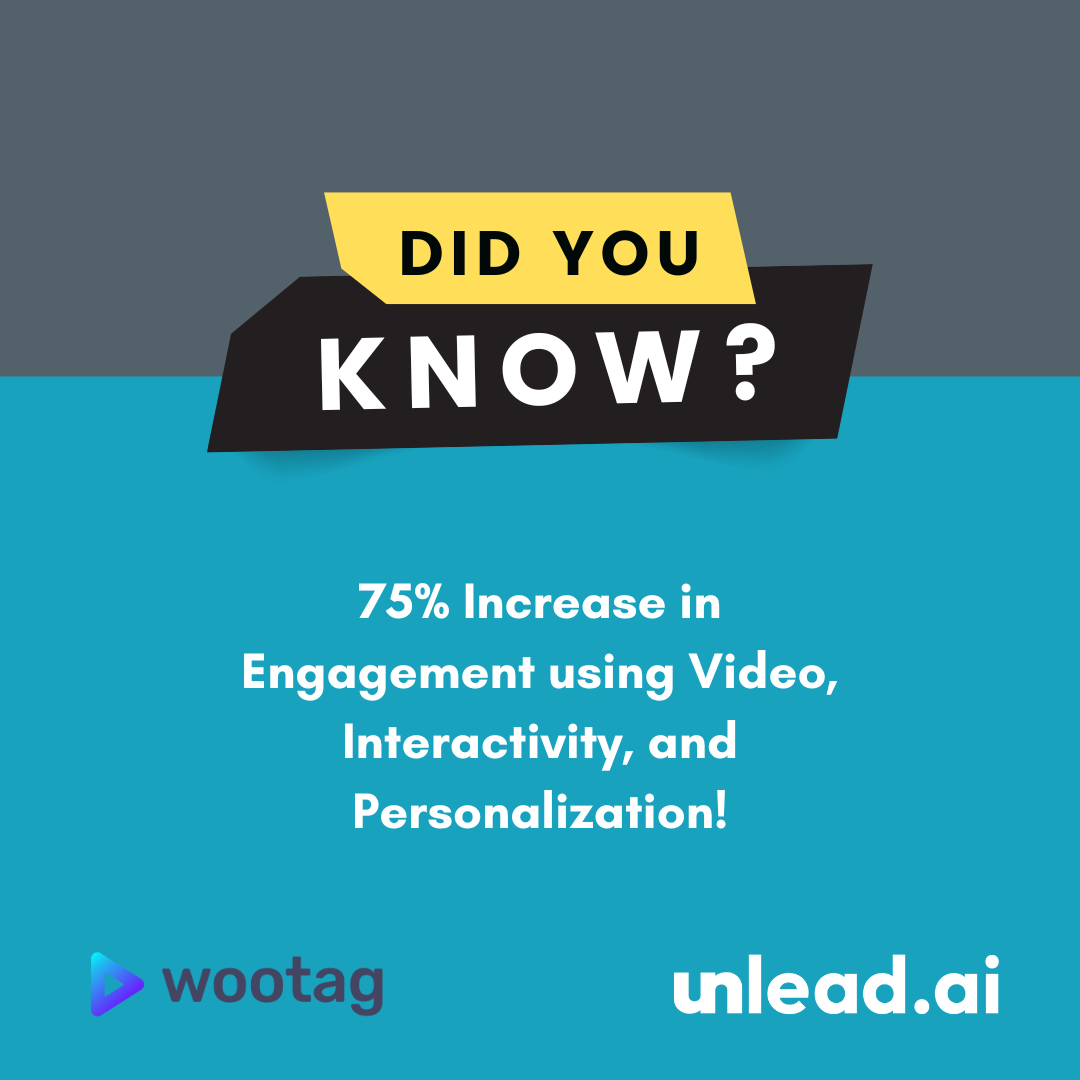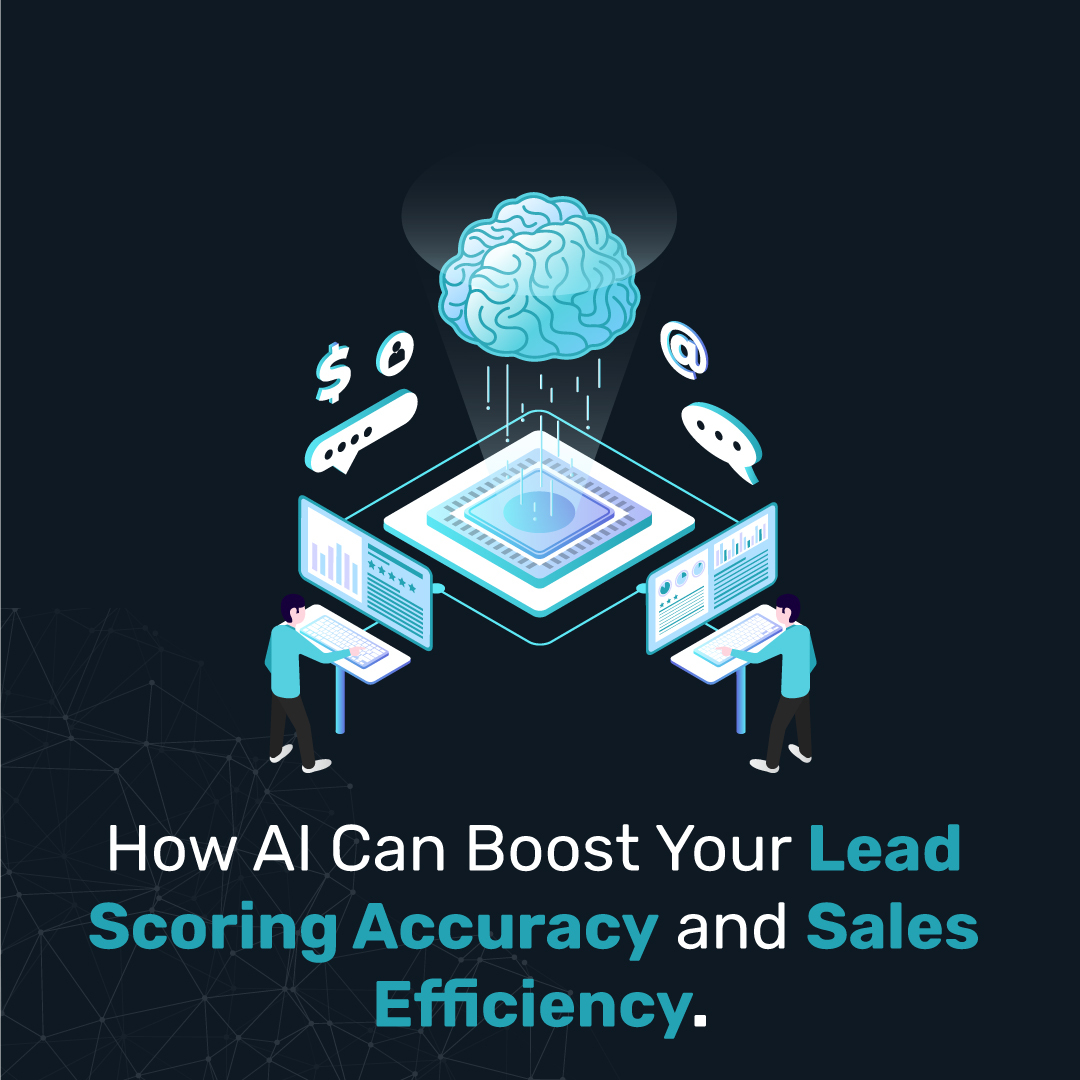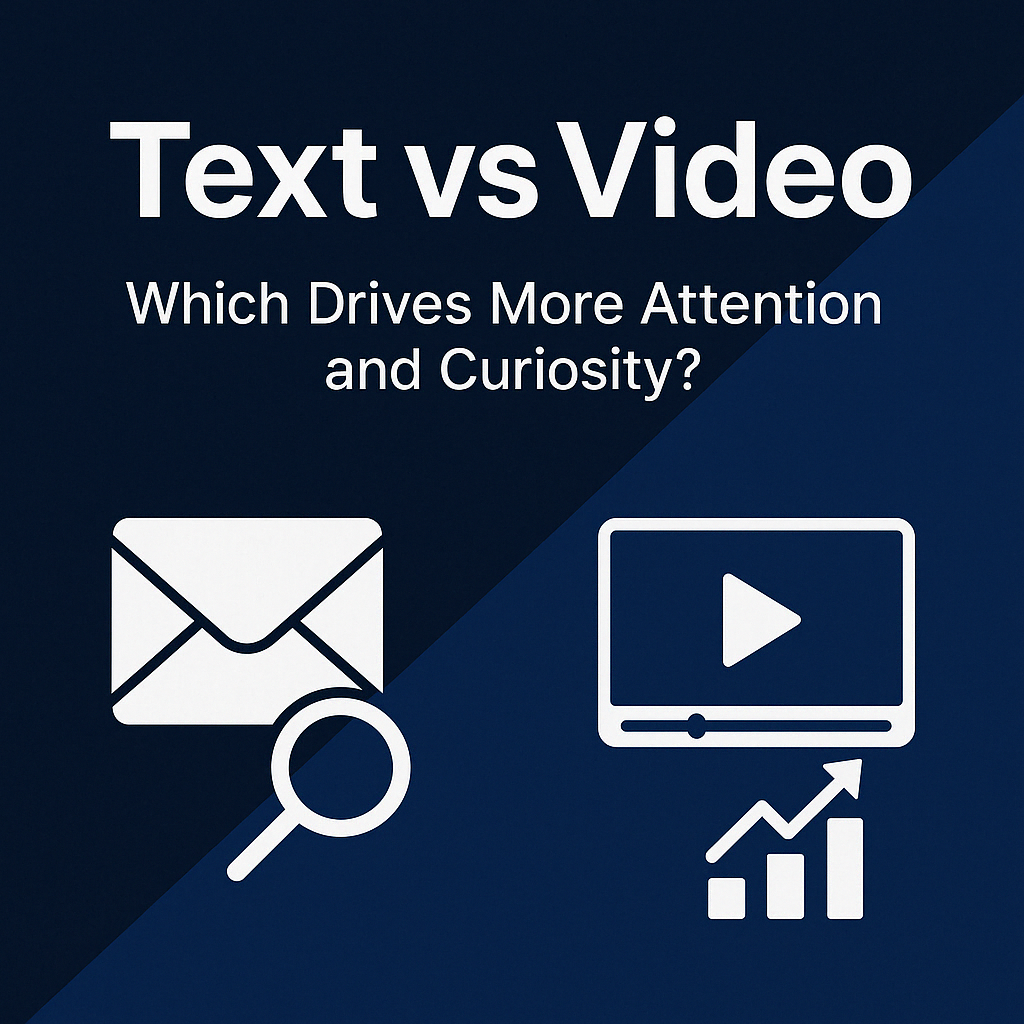Why Outreach Fails Without Context
Most outreach campaigns struggle not because the messaging is inherently bad, but because they ignore the context in which prospects interact with your brand. When someone visits your pricing page, watches a video or clicks a social post, they are leaving digital breadcrumbs that reveal their level of intent. Ignoring these signals and sending a generic “just checking in” note treats everyone the same—and drives low engagement.
Build Around Signals, Not Static Lists
Modern go‑to‑market strategies thrive when outreach is triggered by real‑time signals instead of static lists. Research from Octave shows that trigger‑based marketing emails can be 497 % more effective than generic blast emails. This is because trigger‑based campaigns use behavioural data (website visits, content consumption, firmographic changes) to contact buyers at the moment of highest relevance. High‑performing sales teams also ensure that every message is customer‑centred and aligned to the buyer’s business priorities . Contextual outreach considers the buyer’s role, industry and stage in the journey so that each touch feels like a continuation of their story.
Key Signals to Watch
- Buying signals: a prospect spends time on your pricing page or downloads a datasheet.
- Intent signals: they watch a product video or read a case study, indicating interest in specific capabilities.
- Curiosity signals: they like or comment on your social posts, showing early awareness.
By building workflows around these signals, you can prioritise accounts, craft relevant messaging and trigger the next step automatically.
Trigger Personalised Videos Instantly
Personalised video is a powerful way to cut through the noise. In Pirsonal’s 2025 report on video marketing, they found that personalised videos are 116 % more effective than generic videos and that 80 % of customers expect companies to understand their individual needs . Sending a personalised video when a lead engages—such as after they view a webinar or request a demo—signals that you understand their context and value their time. These videos can highlight features relevant to the viewer’s role and industry, making the outreach feel bespoke.
Time Your SDR & AE Engagement
Context‑driven workflows ensure that sales development reps (SDRs) and account executives (AEs) join the conversation at the right moment—when the buyer’s intent is hottest. Modern sales messaging framework notes that effective outreach must reflect the buyer’s world and provide relevant context for their stage in the journey. By monitoring signals such as job changes, funding announcements or increased product consumption, your team knows exactly when to reach out with a personalised message or meeting invitation. This avoids premature pitches and maximises response rates.
Best Practices for Context‑Driven Outreach
- Automate trigger detection: Use tools that monitor website analytics, CRM data and third‑party intent signals to identify when a lead’s behaviour changes.
- Align messaging to buyer priorities: Adapt scripts and templates to address the specific challenges and goals the lead is exploring.
- Personalise at scale: Leverage AI and video tools to create personalised experiences based on each lead’s data.
- Measure and iterate: Track response rates and refine your workflows to double down on the signals that convert.
Why It Works
When outreach is grounded in context, buyers feel heard. They no longer receive generic check‑ins; instead they get timely, relevant messages that speak directly to what they’re doing and thinking. Data‑driven signals and personalised video ensure that your message arrives when interest is highest and stands out from the clutter. The result? Up to 5× higher response rates compared to generic outreach, as evidenced by trigger‑based campaigns that outperform static lists . Once you experience context‑driven engagement, there’s no going back—because when you start chasing context, replies start chasing you. 🚀









